Home>Garden Essentials>How To Harvest Zinnia Flower Seeds
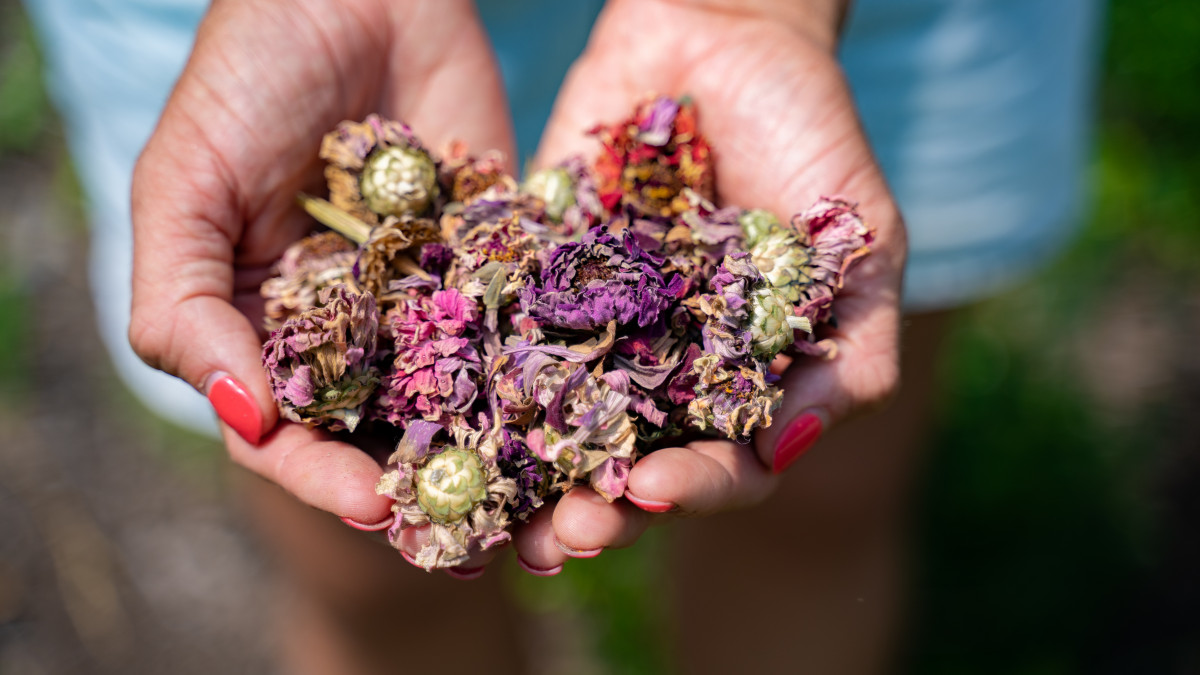

Garden Essentials
How To Harvest Zinnia Flower Seeds
Modified: March 23, 2024
Learn how to harvest zinnia flower seeds in your garden and ensure a plentiful supply for future planting. Discover the steps and tips for successful seed collection.
(Many of the links in this article redirect to a specific reviewed product. Your purchase of these products through affiliate links helps to generate commission for Storables.com, at no extra cost. Learn more)
Introduction
Welcome to the world of zinnias, a vibrant and stunning addition to any garden. Known for their colorful blossoms and easy-going nature, these beautiful flowers can be enjoyed year after year by harvesting and preserving their seeds. Whether you’re looking to save money on buying new seeds or simply want to continue the cycle of life in your garden, harvesting zinnia flower seeds allows you to grow these captivating blooms for seasons to come.
Not only is the process of harvesting zinnia flower seeds rewarding, but it also offers numerous benefits. By collecting and saving seeds, you have the opportunity to preserve unique varieties, ensuring their survival for future generations. Additionally, saving seeds from your zinnias can be a budget-friendly way to expand your garden or share the joy of these striking flowers with friends and family.
In this article, we will explore the art of harvesting zinnia flower seeds. From when to harvest them to the essential tools and techniques needed, we will guide you through the entire process. Whether you’re a seasoned gardener or a beginner with a green thumb, this comprehensive guide will equip you with the knowledge and skills to successfully harvest and store zinnia flower seeds.
So, grab your gardening gloves and let’s dive into the world of zinnia seed harvesting!
Key Takeaways:
- Harvesting zinnia flower seeds saves money, preserves unique varieties, and allows for garden expansion. It’s a fun and rewarding way to share the joy of vibrant blooms with friends and family.
- To successfully harvest zinnia flower seeds, wait for mature blooms, use the right tools, and store seeds in a cool, dark place. Sharing saved seeds with others helps preserve the diversity of zinnia varieties.
Read more: How To Harvest Seeds From Flowers
Benefits of Harvesting Zinnia Flower Seeds
Harvesting zinnia flower seeds comes with a multitude of benefits for both the gardener and the garden itself. Below are some key advantages to consider:
- Cost-savings: One of the major benefits of harvesting zinnia flower seeds is the potential for significant cost savings. Instead of purchasing new seed packets every year, you can simply collect seeds from your existing zinnia plants. This allows you to enjoy the beauty of these flowers without breaking the bank.
- Preserve unique varieties: Zinnias come in a wide range of colors, shapes, and sizes. By harvesting and saving seeds, you have the opportunity to preserve unique varieties that may not be readily available in the market. This ensures the continuation of these distinctive zinnias for future generations to enjoy.
- Expand your garden: Harvesting zinnia flower seeds provides you with an abundance of seeds to expand your garden. With each seed being a potential new plant, you can fill your garden beds and containers with beautiful zinnias at no extra cost. This allows you to create stunning displays and experiment with different color combinations.
- Share the joy: Zinnias are often admired for their captivating beauty, making them a popular choice among gardeners and flower enthusiasts. By saving and sharing zinnia seeds with friends and family, you can spread the joy of these vibrant blooms. It’s a wonderful way to connect with others who appreciate the splendor of zinnias.
- Create a self-sustaining garden: By harvesting zinnia flower seeds, you can contribute to the sustainability of your garden. When you grow zinnias from saved seeds, you become less reliant on purchasing new plants each year. This promotes self-sufficiency and reduces your ecological footprint.
Overall, harvesting zinnia flower seeds is a fruitful endeavor that allows you to save money, preserve unique varieties, expand your garden, share the beauty, and create a self-sustaining ecosystem. So, let’s delve into when and how to harvest these seeds to reap these incredible benefits!
When to Harvest Zinnia Flower Seeds
Knowing the right time to harvest zinnia flower seeds is crucial for ensuring their viability and success in future plantings. Here are some key indicators to help you determine when to harvest your zinnia seeds:
1. Mature Blooms: The first sign that your zinnia flower is ready for seed harvesting is when the blooms begin to fade and dry up. Wait until the petals have withered and the flower head has started to turn brown or crispy.
2. Brown, Dried Flower Heads: Once the zinnia’s flower head has fully dried and turned brown, it’s a clear indication that the seeds are ready for harvest. Gently squeeze the flower head between your fingers, and if it feels dry and brittle, it’s time to collect the seeds.
3. Dislodging Seeds with Ease: When the zinnia flower heads are completely dry and ready for seed collection, the seeds should easily dislodge from the flower head with a gentle shake or slight touch. Mature zinnia seeds are dark in color, often black, brown, or gray, and have a hard, papery texture.
4. Timing: The ideal time to harvest zinnia flower seeds is typically towards the end of the flowering season, when the majority of the blooms have dried naturally. This ensures that the seeds have had sufficient time to mature and develop properly.
It’s important to note that zinnias are annual flowers, meaning they complete their life cycle within a single year. Therefore, it’s essential to harvest the seeds before the first frost or any extreme weather conditions that could damage or compromise the seeds’ viability.
By observing these signs and timing your harvest correctly, you can ensure that the zinnia seeds you collect are mature and ready for successful germination in the next planting season.
Now that you know when to harvest zinnia flower seeds, let’s explore the tools and supplies you’ll need to gather these precious seeds effectively.
Tools and Supplies Needed
Before embarking on the task of harvesting zinnia flower seeds, it’s essential to gather the necessary tools and supplies. Having these items readily available will make the process more efficient and enjoyable. Here are the tools and supplies you’ll need:
1. Pruning Shears or Scissors: These tools are essential for cutting the flower heads from the zinnia plants. Opt for sharp and clean shears or scissors to ensure clean cuts and minimize damage to the plant.
2. Gloves: While not a requirement, wearing gardening gloves can protect your hands from any prickly stems or debris, especially if you’re dealing with a large number of zinnia plants.
3. Brown Paper Bags or Envelopes: In order to collect and store the harvested zinnia seeds, you’ll need paper bags or envelopes. These allow the seeds to properly dry and air out without trapping in moisture, which can lead to mold or rot.
4. Marker or Labeling Tags: It’s important to label your paper bags or envelopes with the zinnia variety and the date of harvesting. This will help you keep track of the different types of zinnias and ensure you use the seeds within their recommended viability period.
5. Seed Tray or Strainer: When it comes time to clean the harvested zinnia seeds, having a seed tray or strainer on hand will make the process easier. These tools allow you to separate the seeds from any debris or plant material collected during the harvesting process.
6. Air-tight Containers: Once the zinnia seeds are properly cleaned and dried, you’ll need air-tight containers to store them. Small glass jars or plastic containers with tight-fitting lids work well for preserving the seeds. Make sure the containers are clean and dry before transferring the seeds.
7. Cool, Dark Storage Area: To maintain seed viability, it’s important to store the zinnia seeds in a cool, dark place. A cupboard or pantry away from direct sunlight is an ideal location.
By gathering these tools and supplies before you begin the seed harvesting process, you can ensure a smooth and efficient workflow. Now that you’re equipped with the necessary items, let’s move on to the step-by-step guide on how to harvest zinnia flower seeds.
After the zinnia flower has bloomed and the petals have fallen off, allow the seed head to dry on the plant. Once the seed head is dry, remove it and gently shake out the seeds. Store the seeds in a cool, dry place for planting next season.
Step-by-Step Guide to Harvest Zinnia Flower Seeds
Harvesting zinnia flower seeds may seem daunting, but with the right technique, it can be a straightforward and enjoyable process. Follow these step-by-step instructions to successfully gather seeds from your zinnia plants:
- Select mature flowers: Choose zinnia flowers that have gone through their blooming cycle and have started to dry up. Look for brown, crispy flower heads.
- Prepare your tools: Ensure your pruning shears or scissors are clean and sharp. This will make clean cuts and prevent damage to the plant.
- Trim the flower heads: Use your pruning shears or scissors to cut the flower heads from the zinnia plants. Leave a few inches of stem attached to the flower head.
- Collect the flower heads: Place the trimmed flower heads in brown paper bags or envelopes. It’s important to label them with the zinnia variety and the date of harvest. This will help you keep track of the different types of zinnia seeds.
- Dry the flower heads: Hang the paper bags or envelopes in a dry and well-ventilated area. The flower heads should be upside down, allowing any remaining moisture to escape. This drying process can take up to two weeks.
- Shake out the seeds: Once the flower heads are completely dry, gently shake them inside the bags or envelopes to dislodge the seeds. The mature seeds should easily come loose from the flower heads.
- Clean the seeds: Transfer the seeds to a seed tray or strainer to separate them from any debris or plant material. Gently remove any fragments and discard them.
- Store the seeds: Place the cleaned seeds in small, air-tight containers, like glass jars or plastic containers with tight-fitting lids. Make sure the containers are clean and dry before storing the seeds.
- Label and store: Label each container with the zinnia variety and the date of harvesting. Store the seeds in a cool, dark place, such as a cupboard or pantry, away from direct sunlight.
By following these steps, you can confidently harvest zinnia flower seeds and preserve them for future planting and enjoyment. Now, let’s move on to cleaning and storing the harvested zinnia seeds.
Read more: How To Seed Zinnias
Cleaning and Storing Zinnia Flower Seeds
Once you have successfully harvested zinnia flower seeds, it’s essential to clean them properly before storing. This step ensures the removal of any debris, mold, or plant material, and helps maintain the seeds’ viability. Here’s how you can clean and store your zinnia flower seeds:
- Separate the seeds: Transfer the harvested seeds to a seed tray or strainer. Gently shake or sift the seeds to separate them from any remaining debris or plant material. Discard any fragments or non-seed materials.
- Remove chaff: Some zinnia seeds may still have a papery chaff attached to them. To remove the chaff, place the seeds in a bowl and blow gently or use a fan on low speed to create a gentle breeze. The lighter chaff will be carried away, leaving behind the clean seeds.
- Dry the seeds: After cleaning, allow the zinnia seeds to air dry further for a few days. Spread them out on a clean dry surface, such as a paper towel or a mesh screen. Ensure that the seeds are completely dry before transferring them to storage containers. Any remaining moisture can lead to mold or rot.
- Choose storage containers: Select small, airtight containers to store your zinnia seeds. Glass jars or plastic containers with tight-fitting lids work well. Make sure the containers are clean and dry before use.
- Label the containers: Label each storage container with the zinnia variety and the date of harvesting. This information will help you identify the seeds later and ensure you use them within their recommended viability period.
- Store in a cool, dark place: Place the labeled containers in a cool, dark area, such as a cupboard or pantry. Avoid storing them in direct sunlight or areas with fluctuations in temperature or humidity, as these conditions can reduce seed viability.
- Monitor and rotate: Regularly check your stored zinnia seeds for any signs of mold, moisture, or damage. If you notice any issues, discard those seeds to prevent them from affecting the others. Additionally, gently rotate the containers every few months to ensure even air circulation.
With proper cleaning and storage techniques, zinnia flower seeds can remain viable for several years. This allows you to continue enjoying their beauty and abundance in your garden for seasons to come.
Now that you have learned how to clean and store zinnia flower seeds, let’s explore some helpful tips for successful seed harvesting.
Tips for Successful Seed Harvesting
Harvesting zinnia flower seeds can be a rewarding and enjoyable process. To ensure a successful seed harvest, consider the following tips:
- Select healthy plants: Choose zinnia plants that are healthy and free from disease or insect damage. Healthy plants are more likely to produce viable seeds.
- Harvest from multiple plants: To increase the genetic diversity of your zinnia seeds, collect seeds from multiple plants rather than just one. This helps maintain the overall health and resilience of your zinnia population.
- Allow flowers to fully mature: Patience is key when it comes to harvesting zinnia seeds. Wait until the flowers have completely matured and started to dry on the plant. Prematurely harvested seeds may not be fully developed and may not germinate successfully.
- Practice clean and sanitary harvesting: Use clean pruning shears or scissors to prevent the spread of diseases. Clean your tools before each use to minimize the risk of contamination.
- Avoid harvesting in damp or rainy conditions: Harvesting zinnia seeds when the plants are wet can lead to the seeds retaining moisture, which can lead to mold and rot. Ideally, choose a dry day to perform your seed harvest.
- Know the differences between open-pollinated and hybrid zinnias: Open-pollinated zinnias produce seeds that will grow into plants similar to the parent plant. Hybrid zinnias, on the other hand, may not produce true-to-type seeds. Be aware of the type of zinnias you are growing and understand their seed-saving potential.
- Store seeds in airtight containers: Moisture and air can deteriorate the quality of zinnia seeds over time. Ensure that you store cleaned and dry seeds in airtight containers to prolong their viability.
- Properly label your stored seeds: Labeling your zinnia seed containers with the variety and date of harvesting is essential for both organization and knowing when the seeds should be used. This helps you keep track of the different zinnia types and their viability period.
- Share your saved seeds: If you have an abundance of zinnia seeds, consider sharing them with fellow gardeners or seed exchange programs. Sharing seeds not only builds connections within the gardening community but also helps preserve the diversity of zinnia varieties.
By following these tips, you can increase your chances of a successful zinnia seed harvest and ensure the longevity of your zinnia garden.
With this comprehensive guide, you are now equipped with the knowledge and techniques to harvest and preserve zinnia flower seeds. So, get out into your garden, start collecting those mature flower heads, and enjoy the beauty of zinnias for years to come!
Happy seed harvesting!
Conclusion
Harvesting zinnia flower seeds is a rewarding and cost-effective way to continue the beauty and vibrancy of these stunning blooms in your garden. By following the step-by-step guide, you can confidently gather the seeds and preserve them for future plantings. Throughout the process, you’ve learned about the benefits of harvesting zinnia flower seeds, when to harvest them, the essential tools and supplies needed, and how to clean and store the seeds properly.
Not only does seed harvesting provide you with the opportunity to save money and expand your garden, but it also allows you to preserve unique zinnia varieties and create a self-sustaining ecosystem. Sharing the joy of zinnias with others through seed exchange programs or gifting saved seeds further adds to the beauty and community of gardening.
Remember to select healthy plants, allow the flowers to fully mature, and practice clean and sanitary harvesting techniques. Properly cleaning and drying the seeds before storing them in airtight containers in a cool, dark place will help maintain their viability for years to come.
By following the tips and techniques outlined in this guide, your zinnia seed harvesting endeavors are bound to be successful. Now, with your newfound knowledge, go out into your garden and start collecting those mature zinnia flower heads. Enjoy the satisfaction of saving and replanting your own seeds, and continue to witness the captivating beauty of zinnias in your garden season after season.
Happy gardening and happy harvesting!
Frequently Asked Questions about How To Harvest Zinnia Flower Seeds
Was this page helpful?
At Storables.com, we guarantee accurate and reliable information. Our content, validated by Expert Board Contributors, is crafted following stringent Editorial Policies. We're committed to providing you with well-researched, expert-backed insights for all your informational needs.
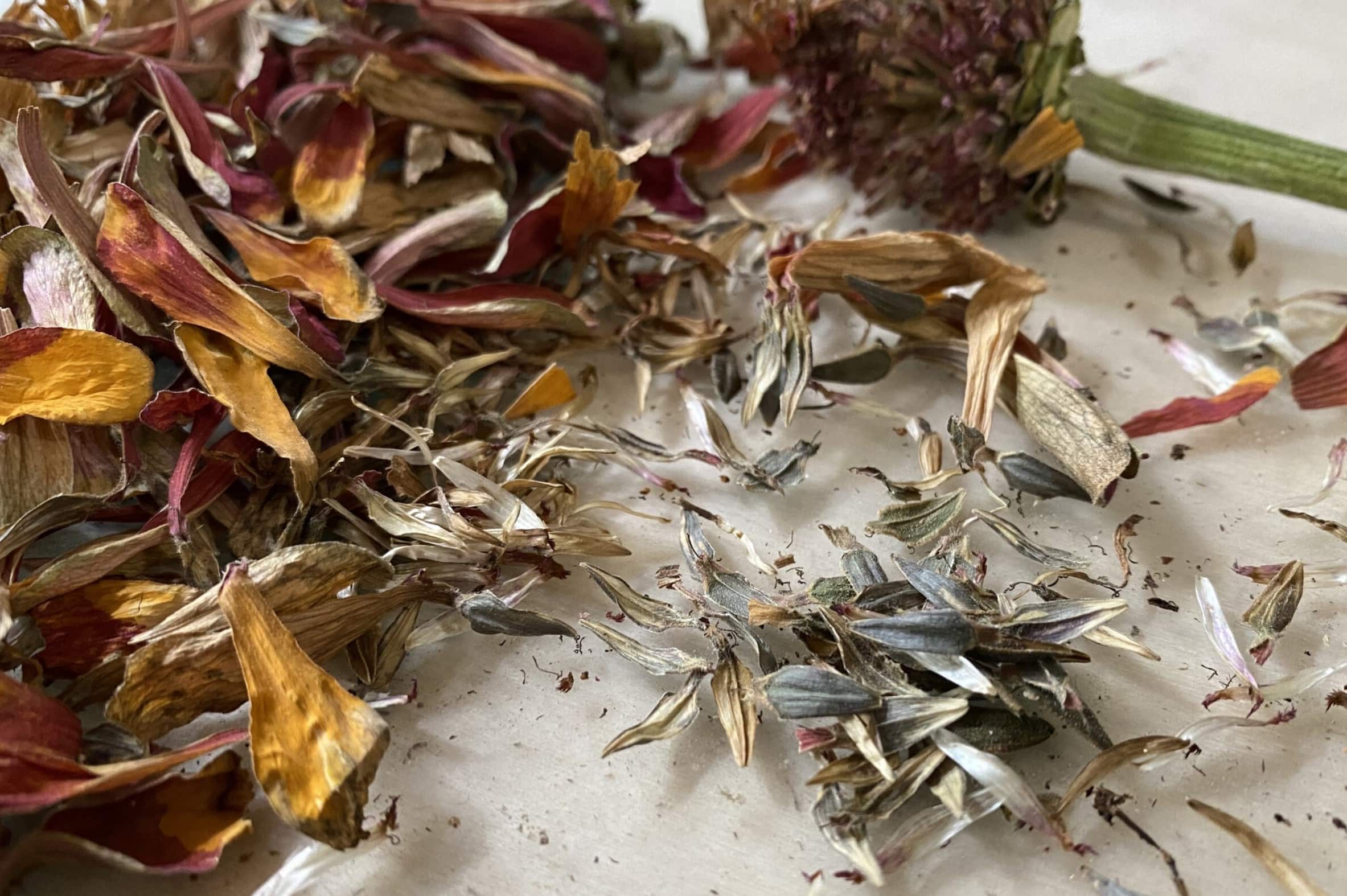
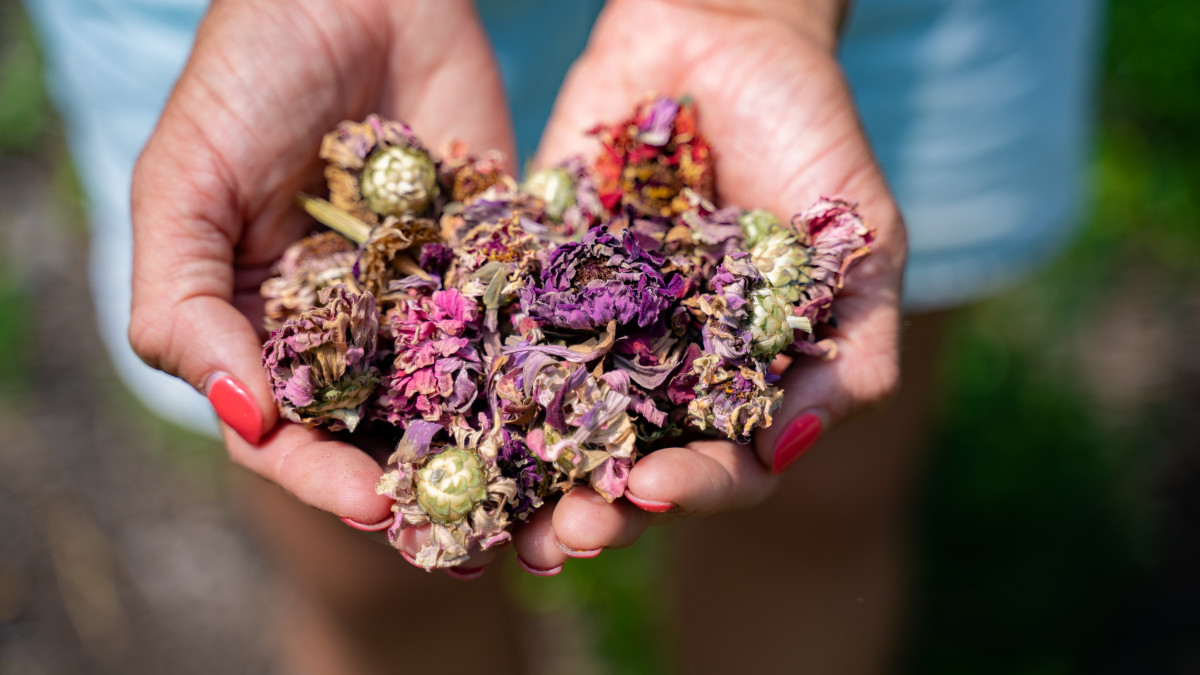
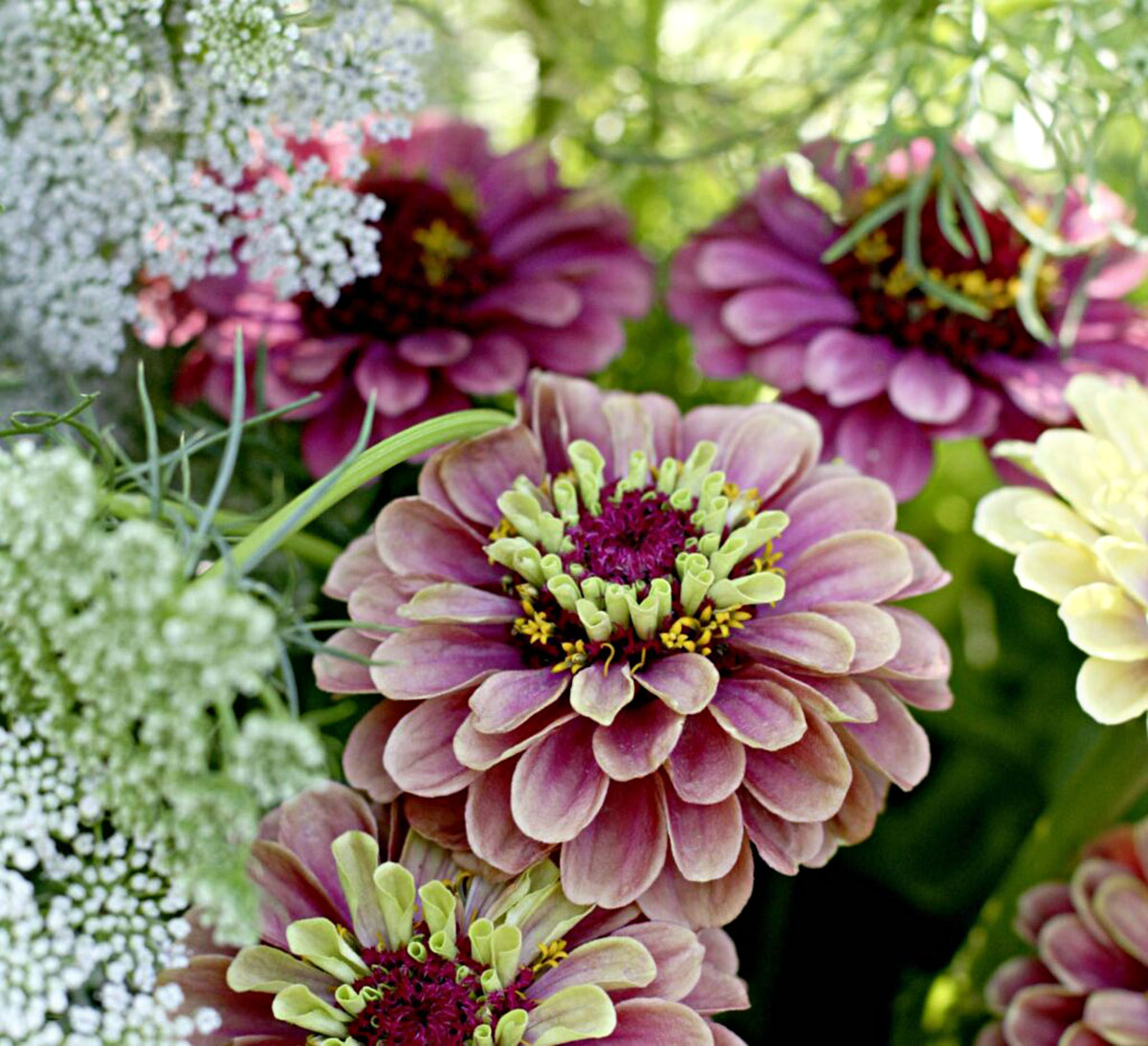
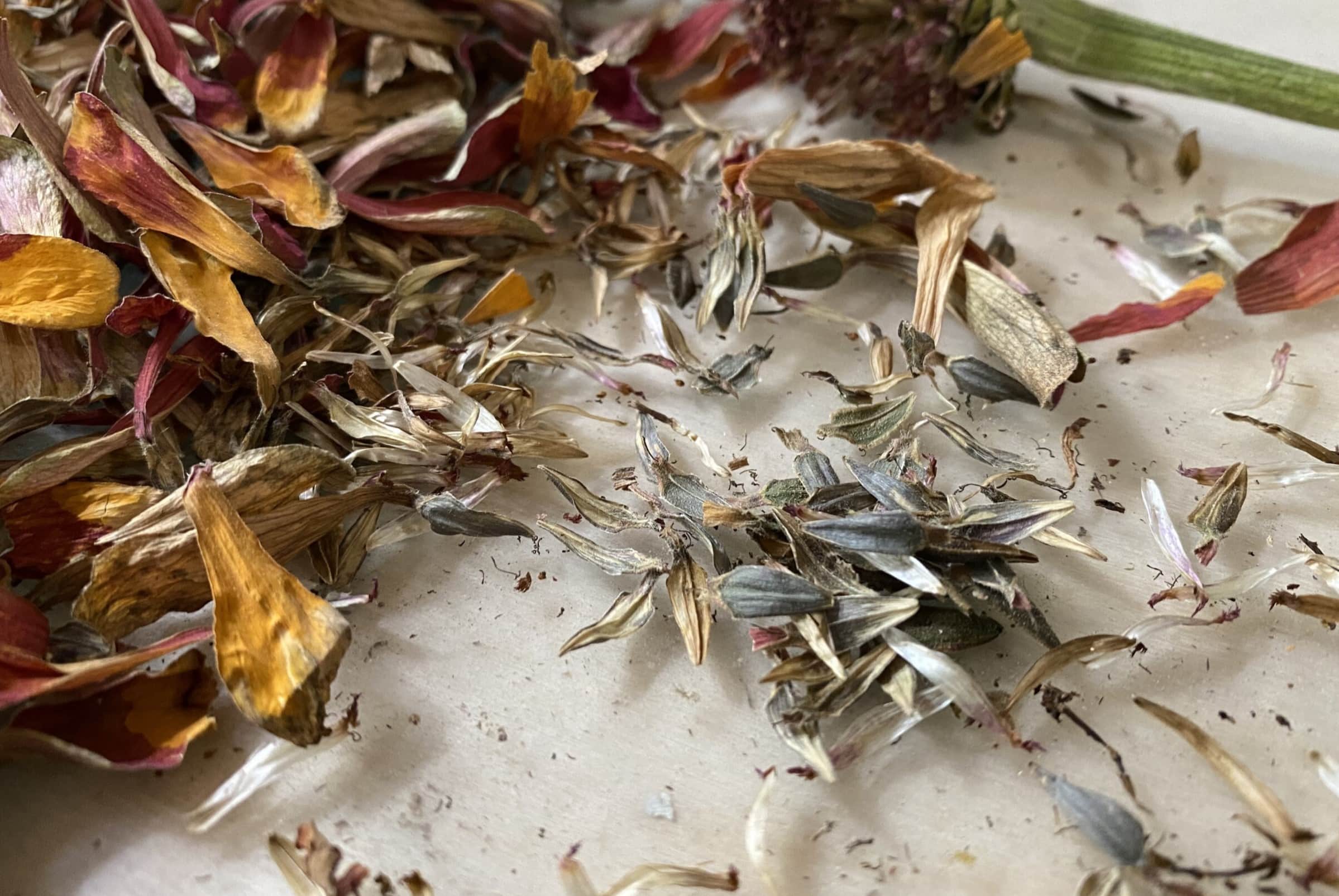

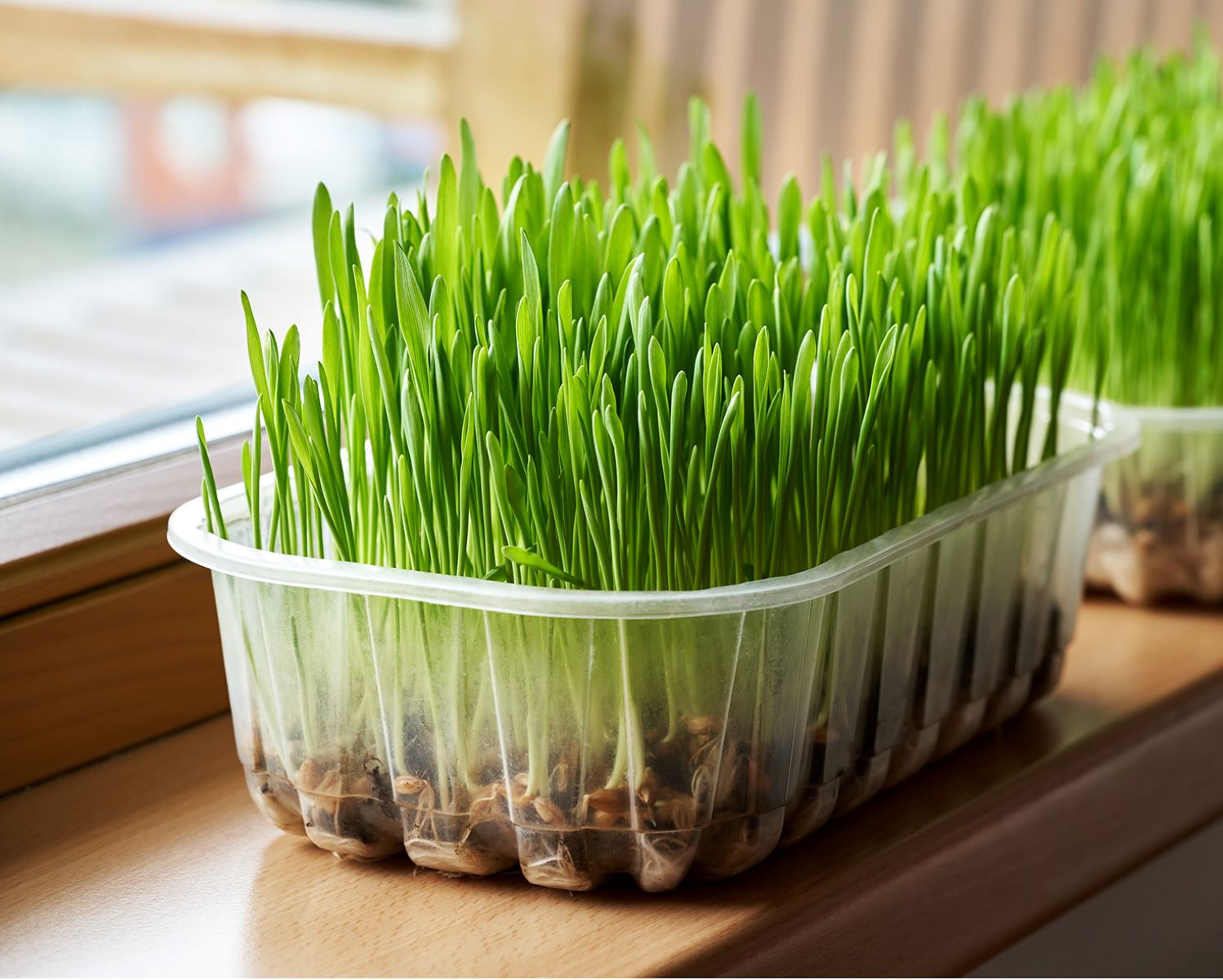
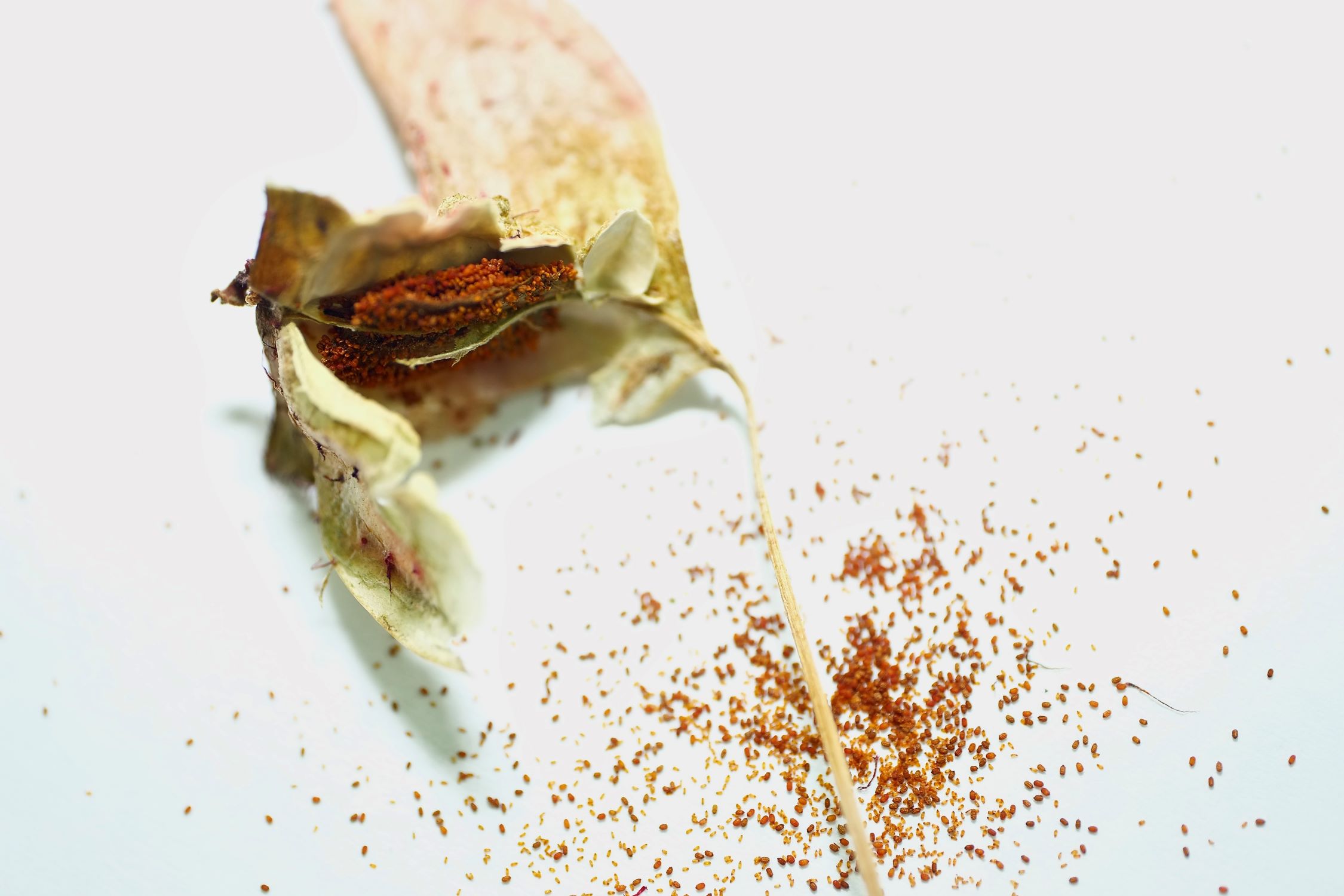
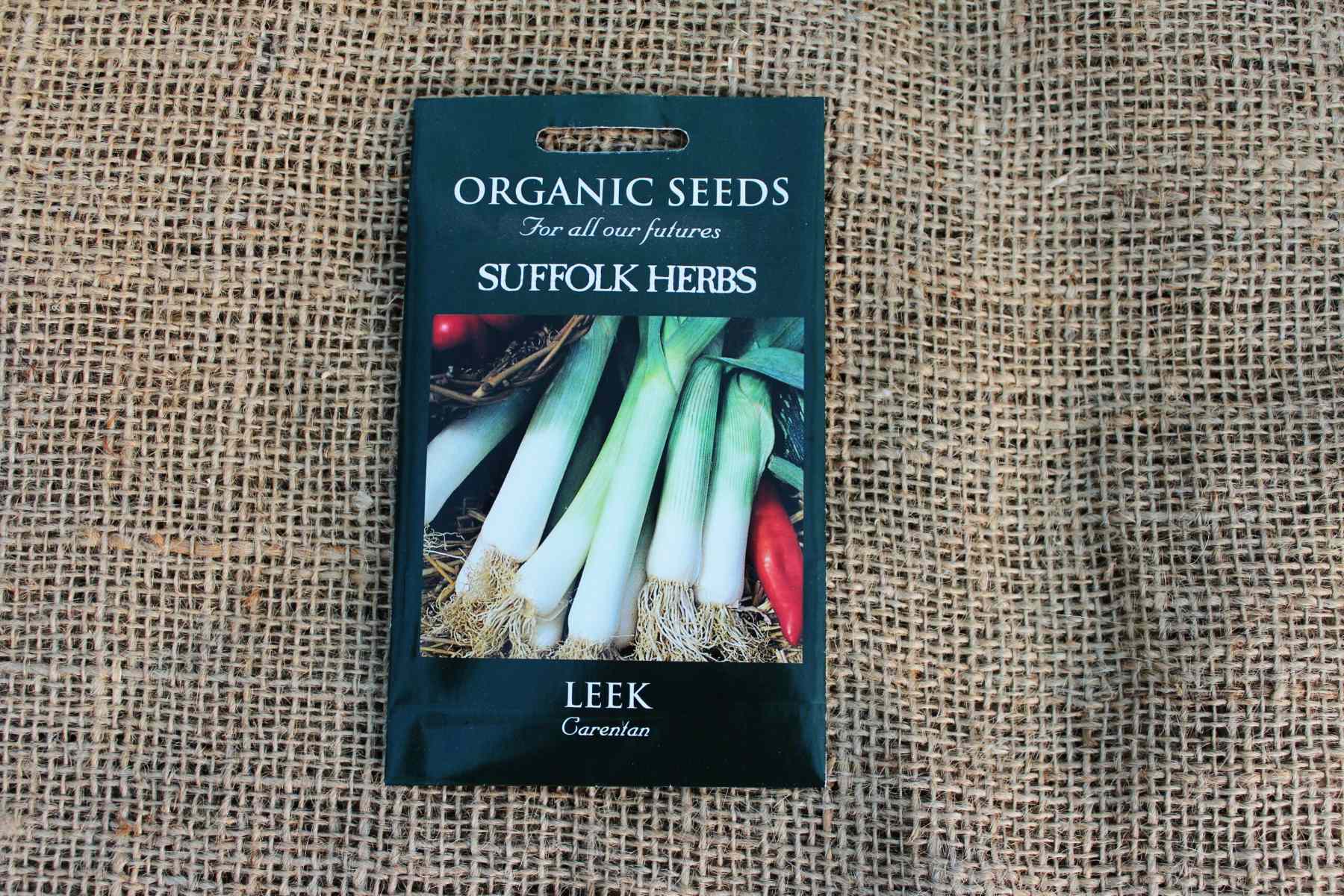
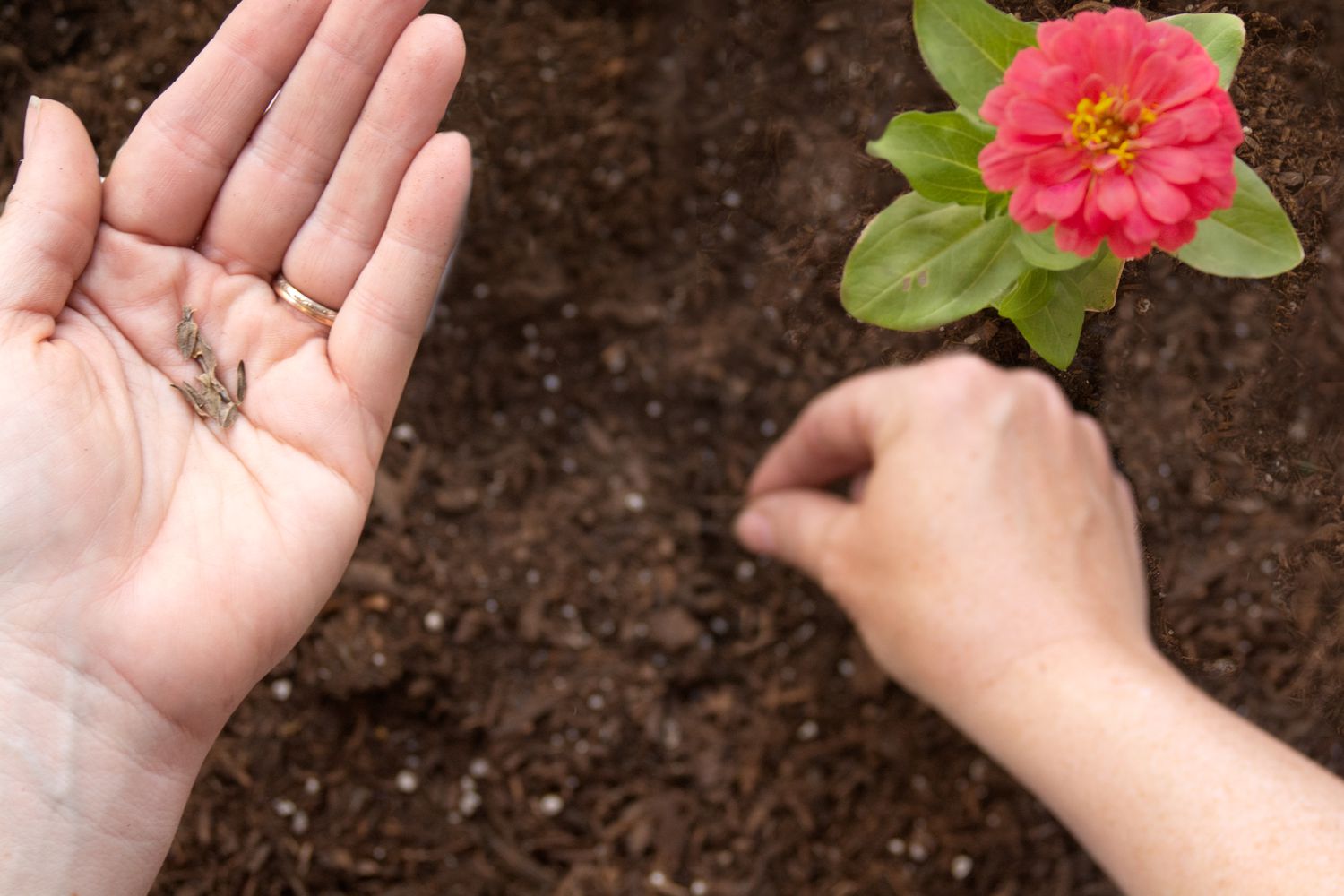
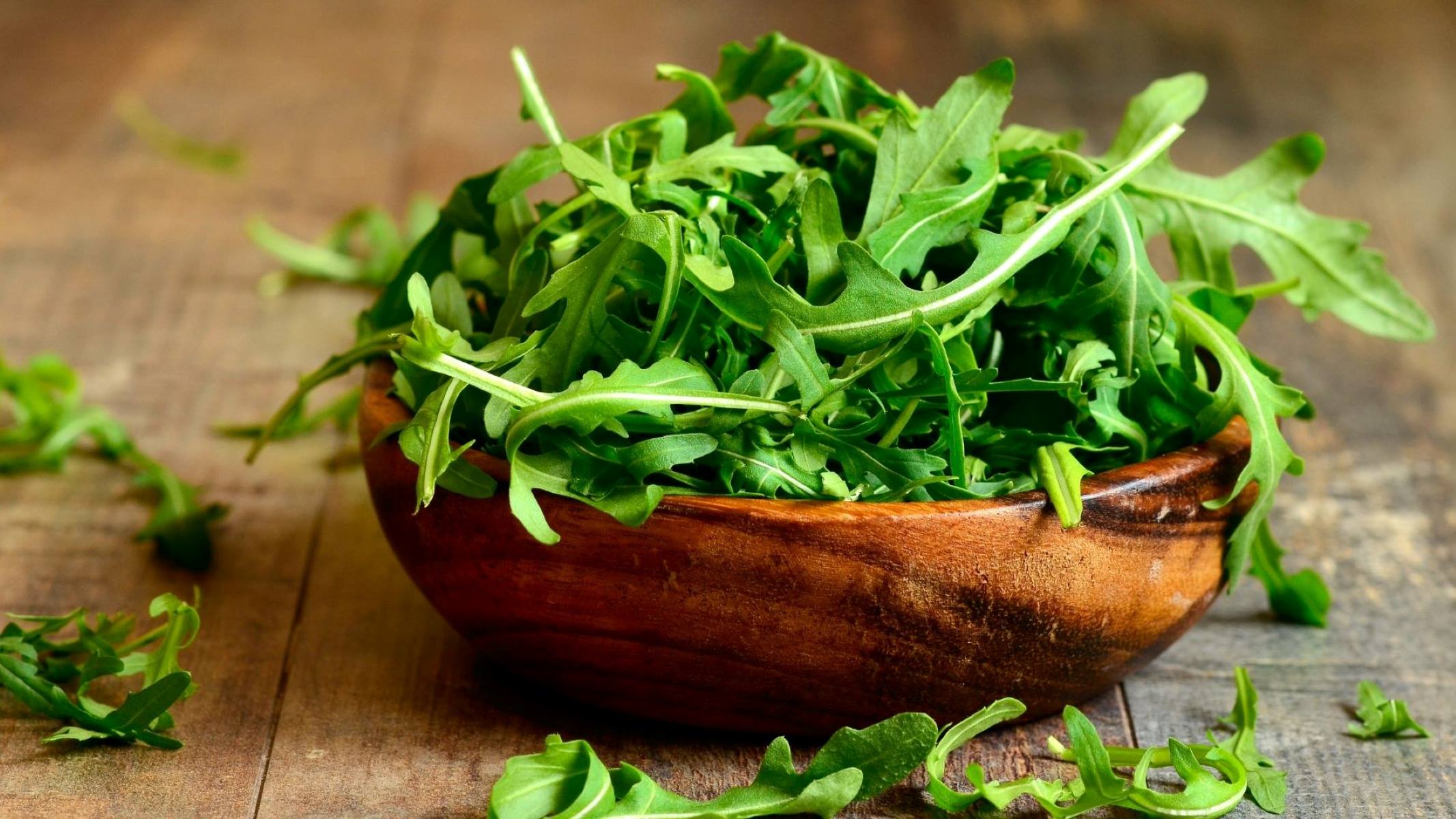
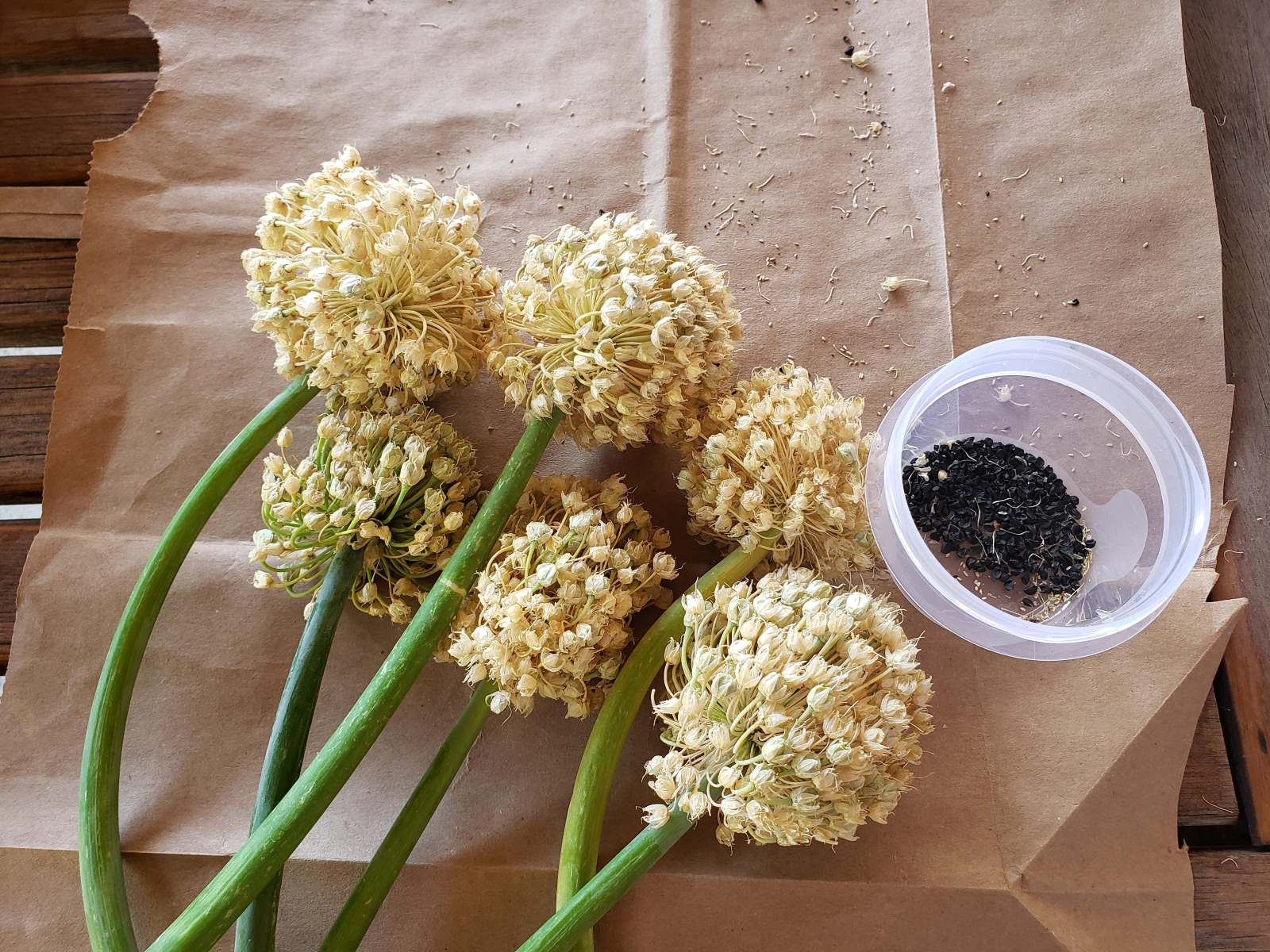
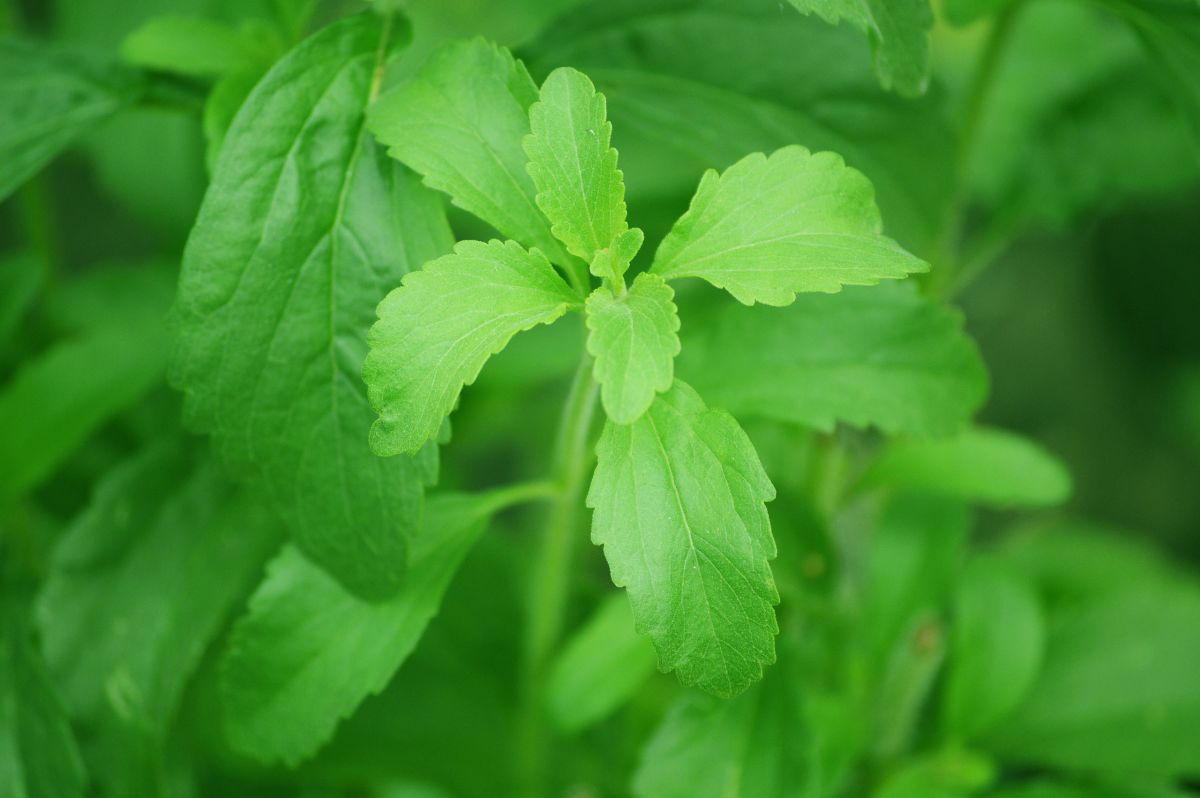
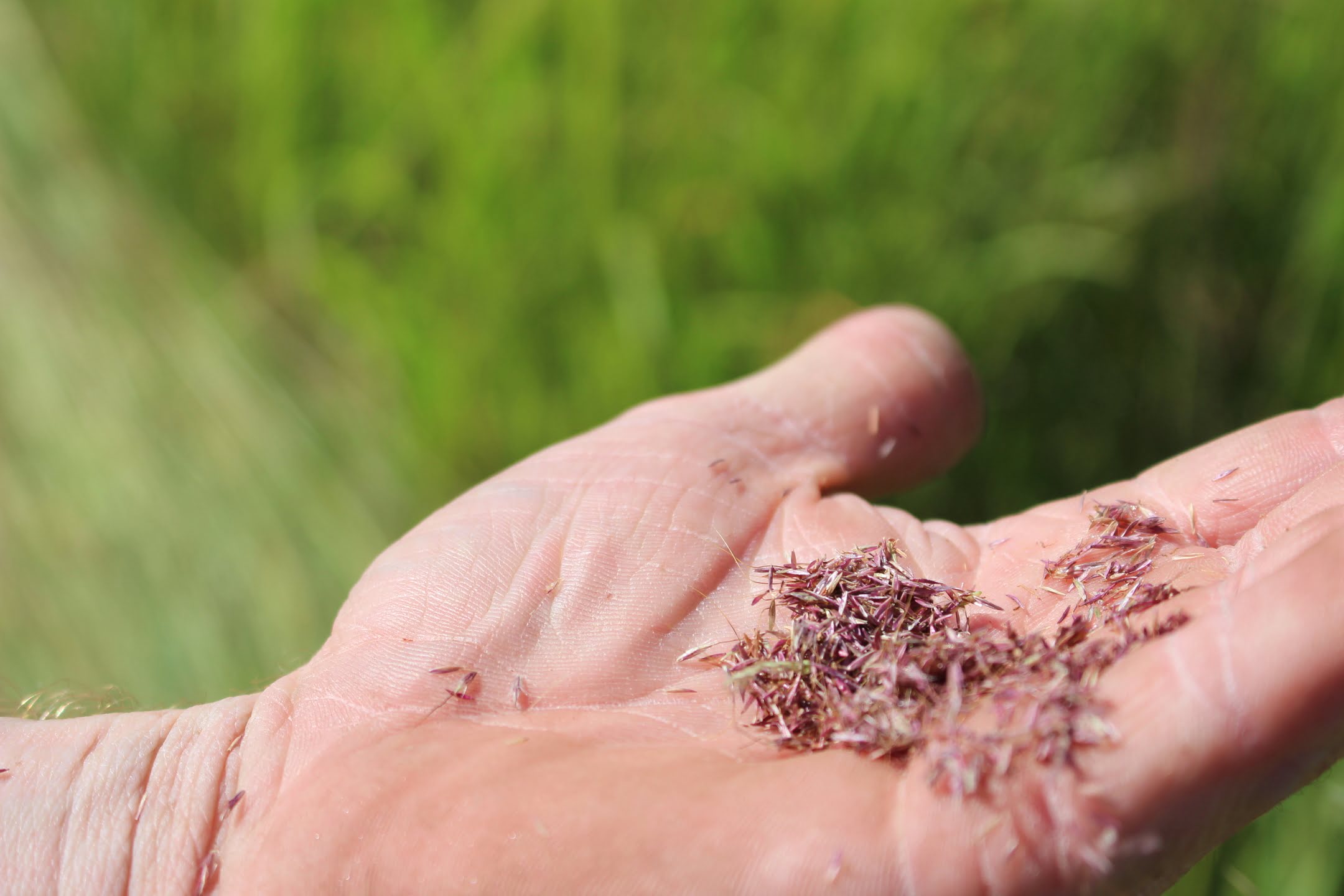
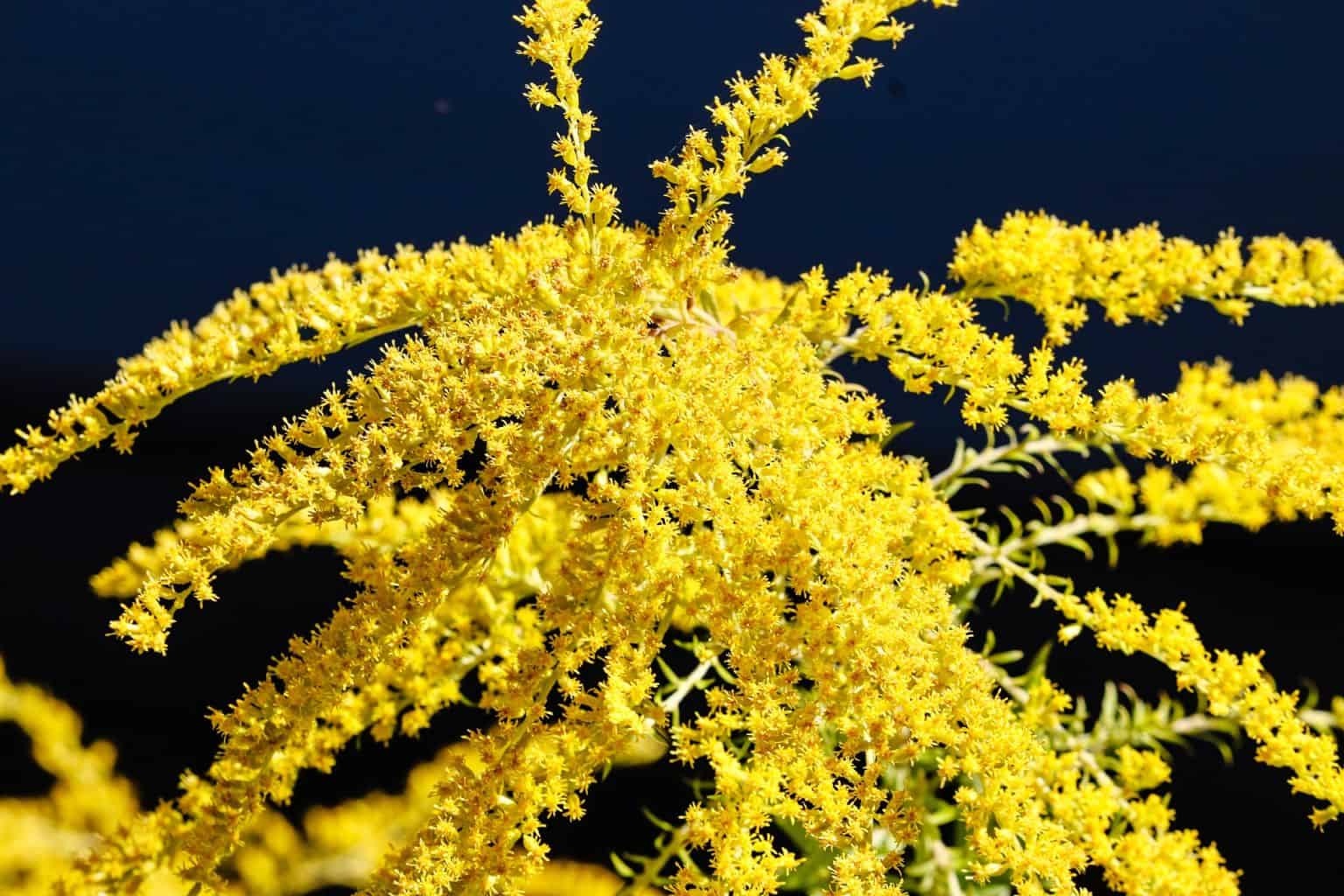

0 thoughts on “How To Harvest Zinnia Flower Seeds”